Lima Locomotive Works had shown the world that this needed power could be produced with a larger firebox – supported by a four-wheel trailing truck – when it introduced the 2-8-4 and 2-10-4 locomotive types in 1925. It was only a matter of time before the 4-8-4 emerged.
Northern Pacific took delivery of the first 4-8-4s, built by Alco in 1926. Interestingly, these engines were not designed solely with the idea of supporting faster passenger train schedules. The NP burned low-grade coal from lineside mines that had only two-thirds the heat content of the bituminous coal used by other railroads. The locomotive’s four-wheel trailing truck supported the weight of an immense firebox, needed to burn large quantities of coal. Had Northern Pacific used better quality coal, these engines would likely have been 4-8-2s.
Nonetheless, the NP locomotives – nicknamed Northerns – quickly proved the success of the new wheel arrangement, and a flurry of 4-8-4 orders ensued.
The 4-8-4 filled the same roles as the 4-8-2. The first Northerns built were intended for passenger service, and were supplied to the Santa Fe, Great Northern, Southern Pacific, and Lackawanna (which called them Poconos), to name a few roads.
The Great Depression stifled locomotive development. However, as the economy picked up in the late 1930s, so did steam locomotive technology and production, and some outstanding new 4-8-4s were introduced.
In 1937, Union Pacific debuted twenty new 4-8-4s from Alco, intended for long-distance, high-speed passenger service. Forty-five were eventually built, and one, No. 844, holds the distinction of being the only U.S. steam locomotive never to be retired from service. It operates today as part of Union Pacific’s steam program.
In 1936, Lima delivered the first of an eventual 50 streamlined 4-8-4s to the Southern Pacific (classified GS for Golden State, later General Service) to serve as power for the railroad’s Daylight passenger trains. One restored example, GS-4 No. 4449, operates today.
New York Central’s 4-8-4s were called Niagaras. Designed by the railroad and built by Alco, twenty-seven engines were delivered in 1945 and 1946 for high-speed passenger service. The Niagaras ran a mere eleven years, however. Even before their delivery, New York Central had already decided that its locomotive of the future would be the diesel-electric.
Designated Class J, they ran until the end of steam on the N&W, and one, No. 611, put in twelve post-retirement years in excursion service, from 1982 to 1994. The last 4-8-4 built was N&W J No. 613 in 1950.
The Northern was arguably the finest North American steam locomotive design. It was rostered by over thirty railroads and 1,125 were built. There was a natural relationship between the dimensions of the grate area, heating surfaces and cylinder size, contributing to the engine’s balanced design. In short, there were no poor 4-8-4s built!
The wheel arrangement was copied overseas and became the premier locomotive in South Africa and New Zealand. In the United States, Northerns ran until the end of steam on most railroads, and several later became favorite fan trip engines in the post-steam era. One of those, Chesapeake & Ohio No. 614, was the last steam locomotive built by a commercial U.S. locomotive builder, completed by Lima in 1948.





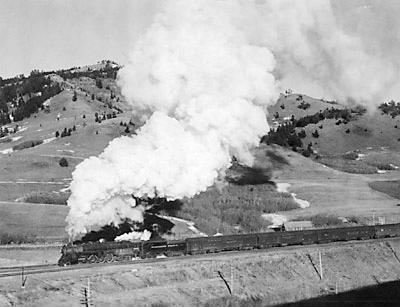
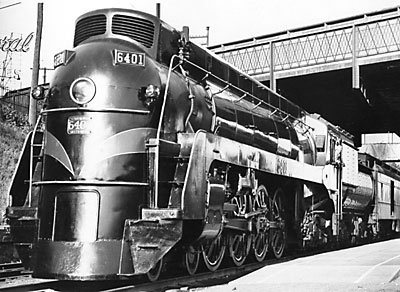
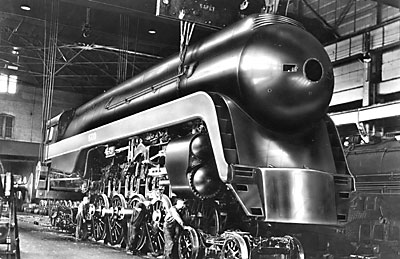

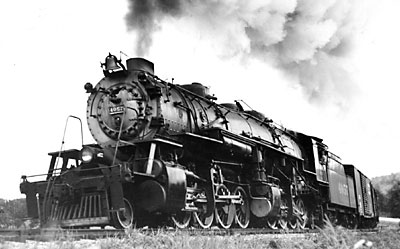
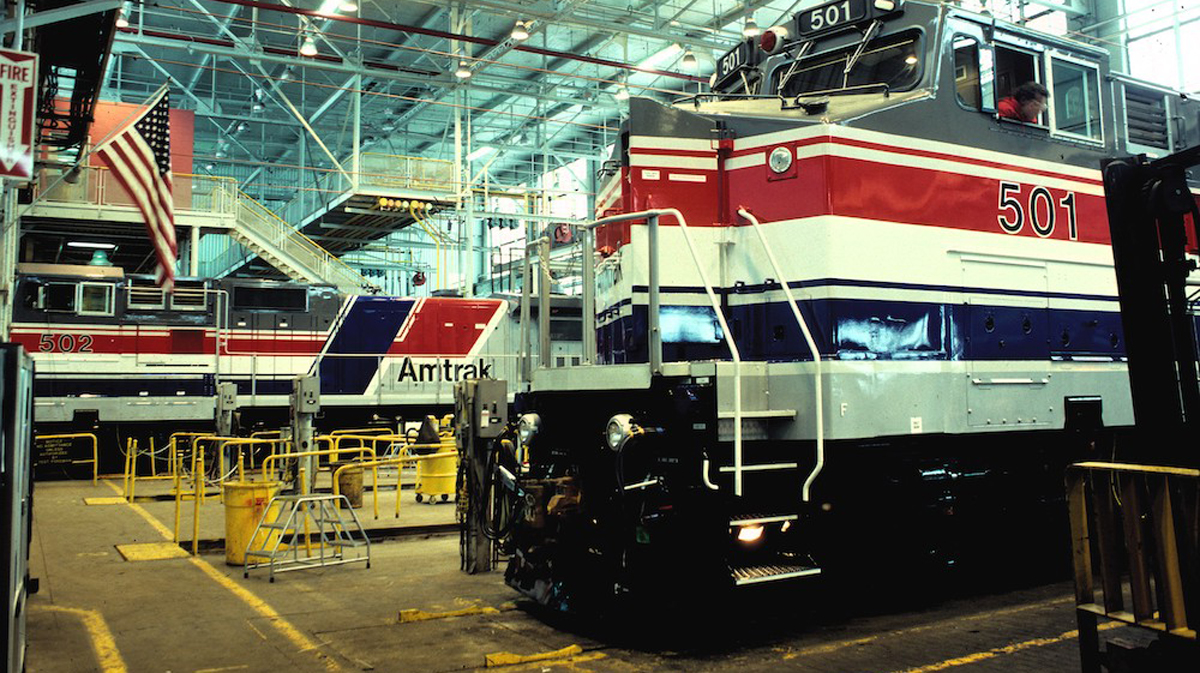
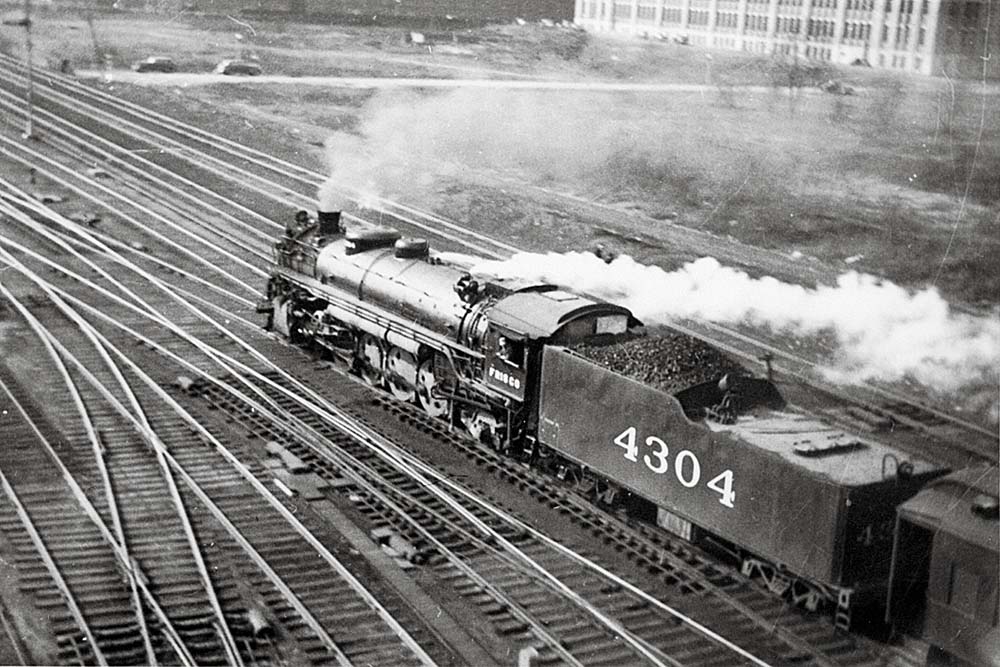
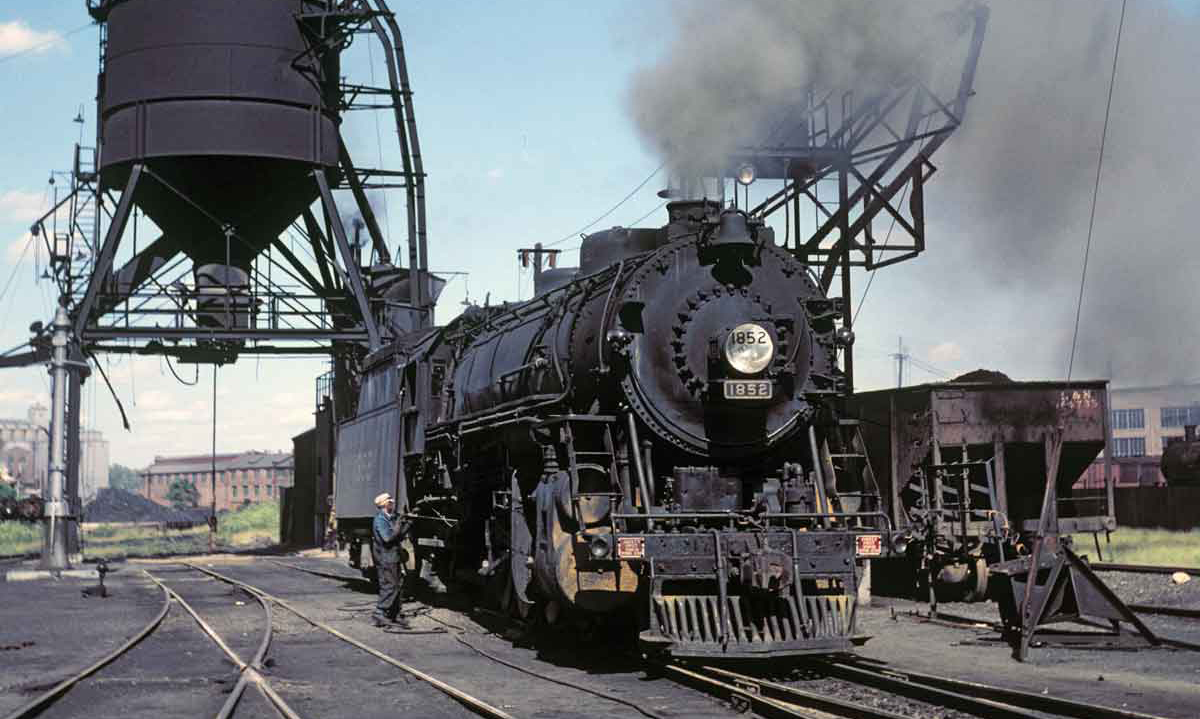




A great article on my favorite steam locomotive, the beautiful 4-8-4 northern but my all time favorite type o the 4-8-4 is the g class southern Pacific 4449.